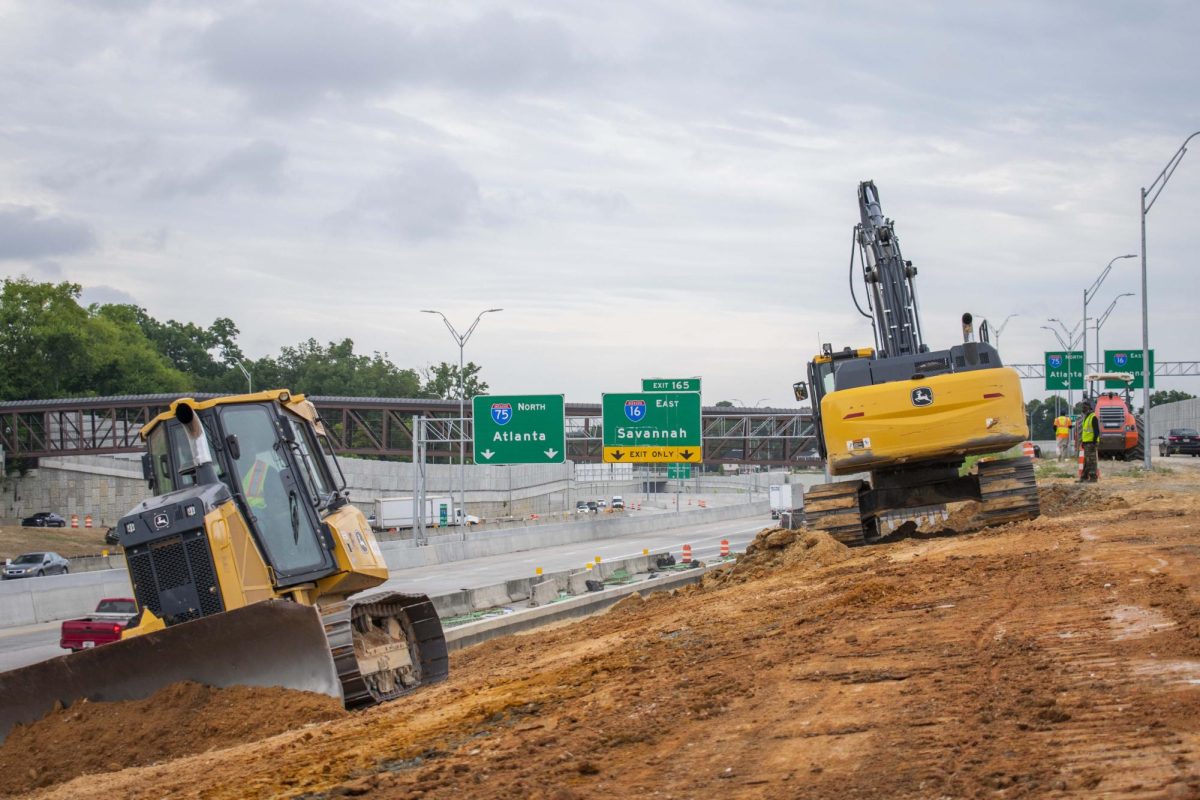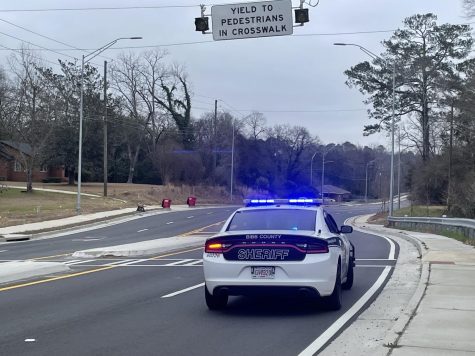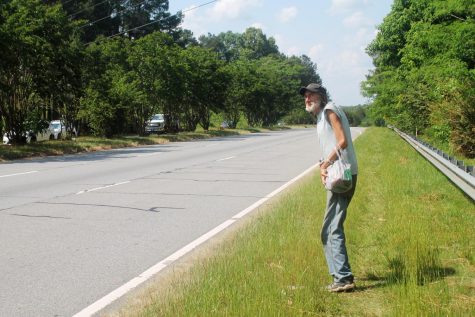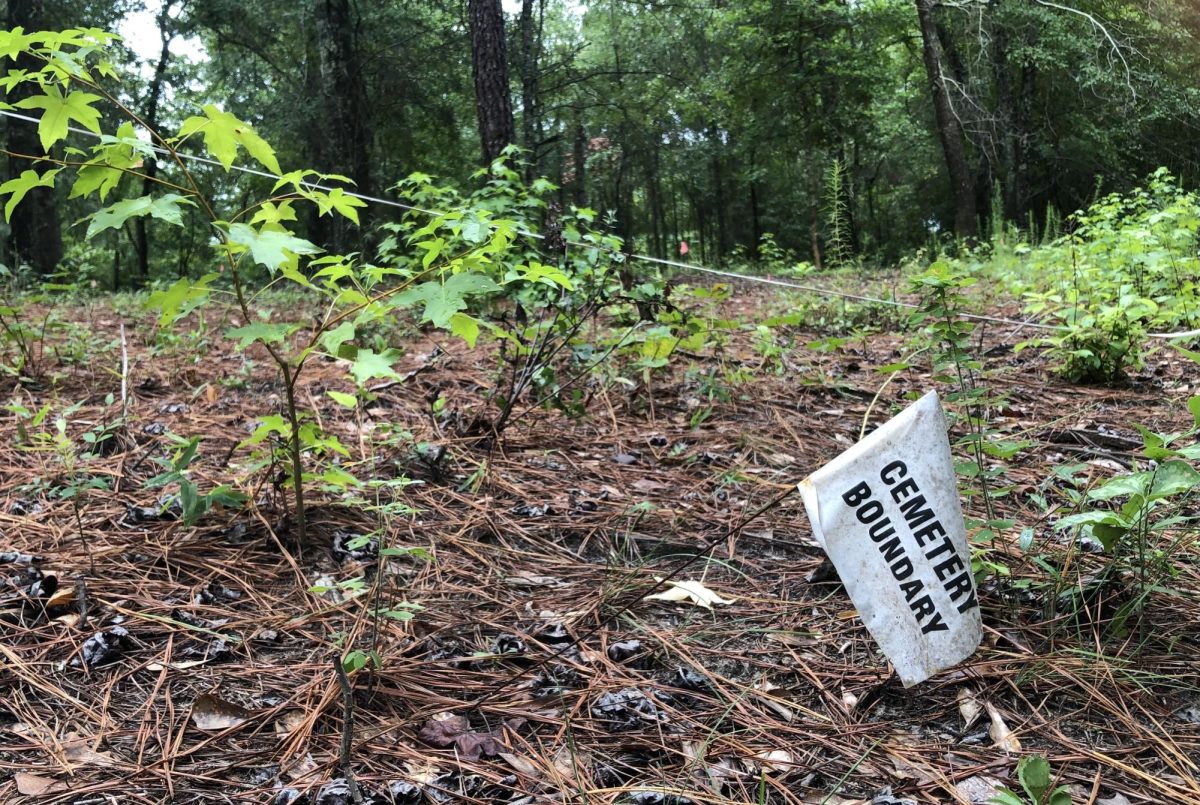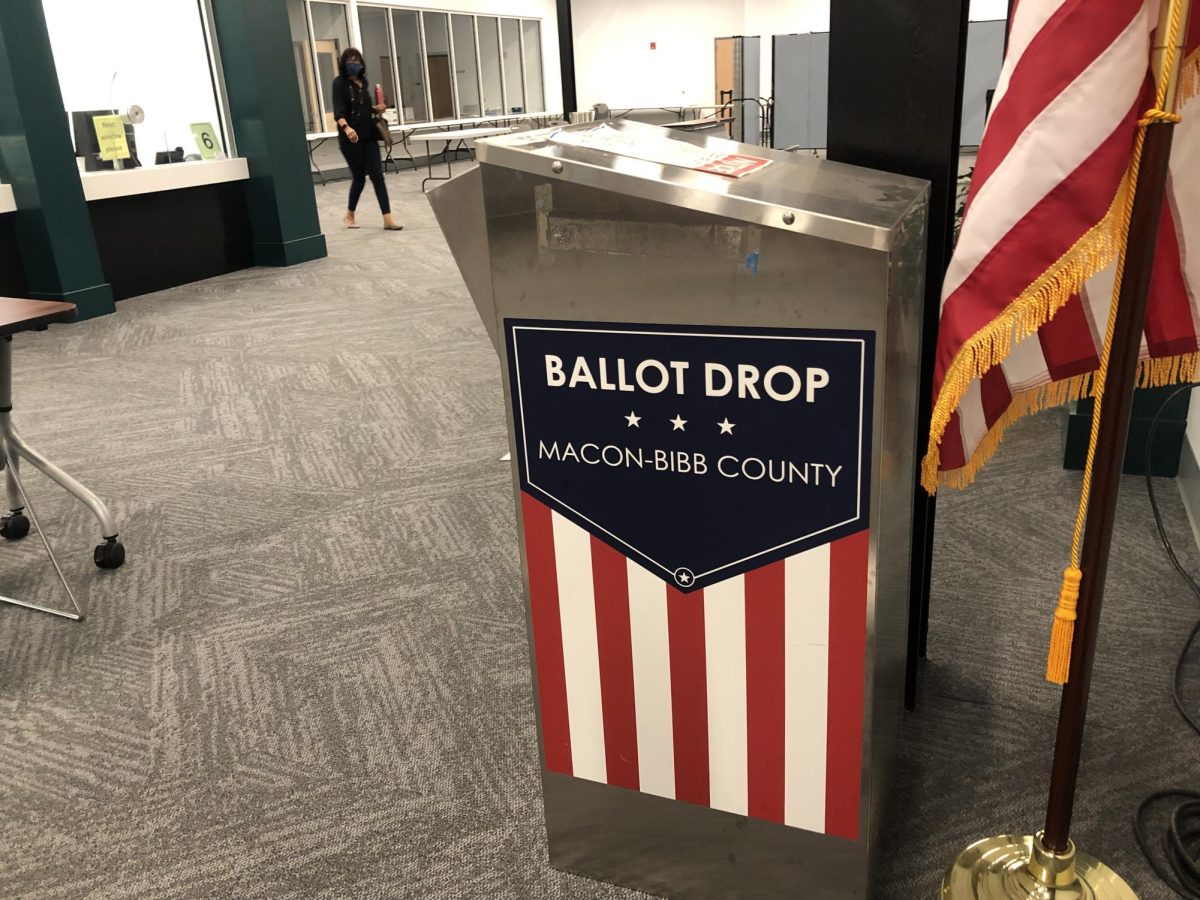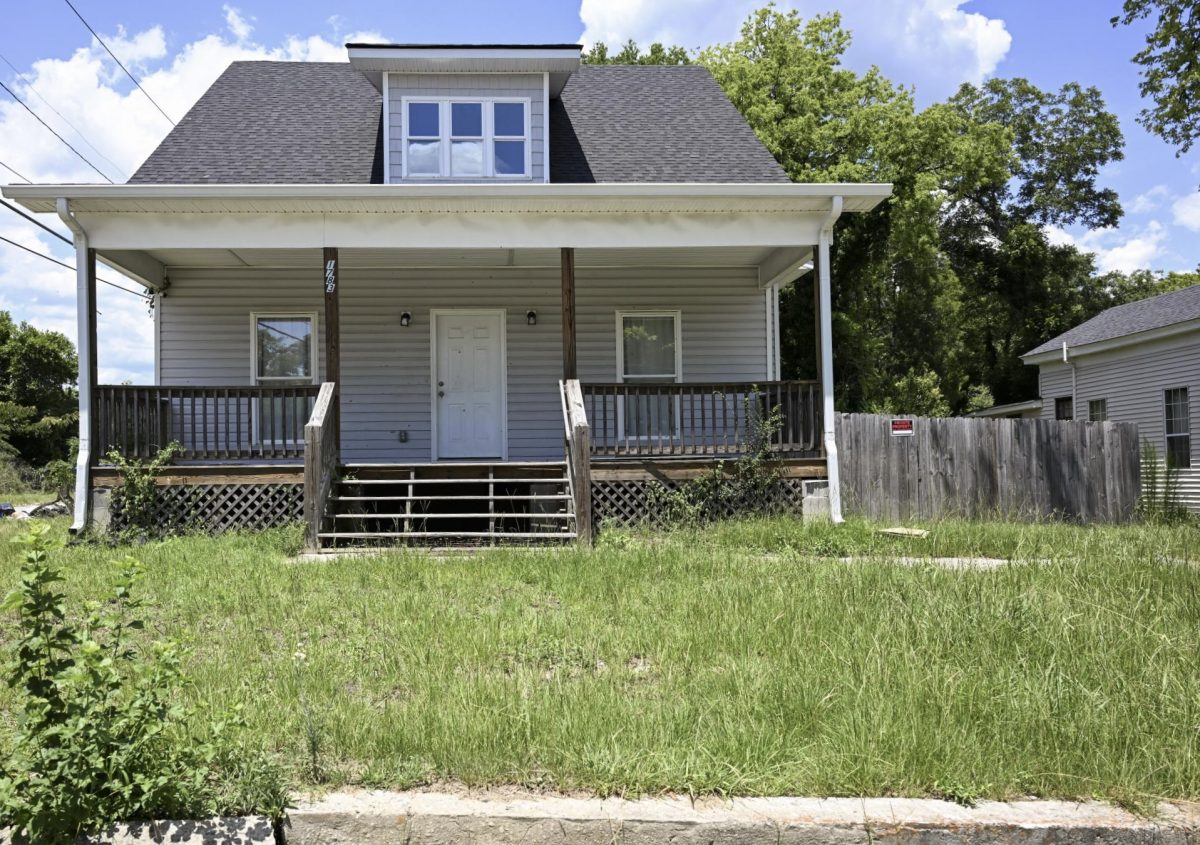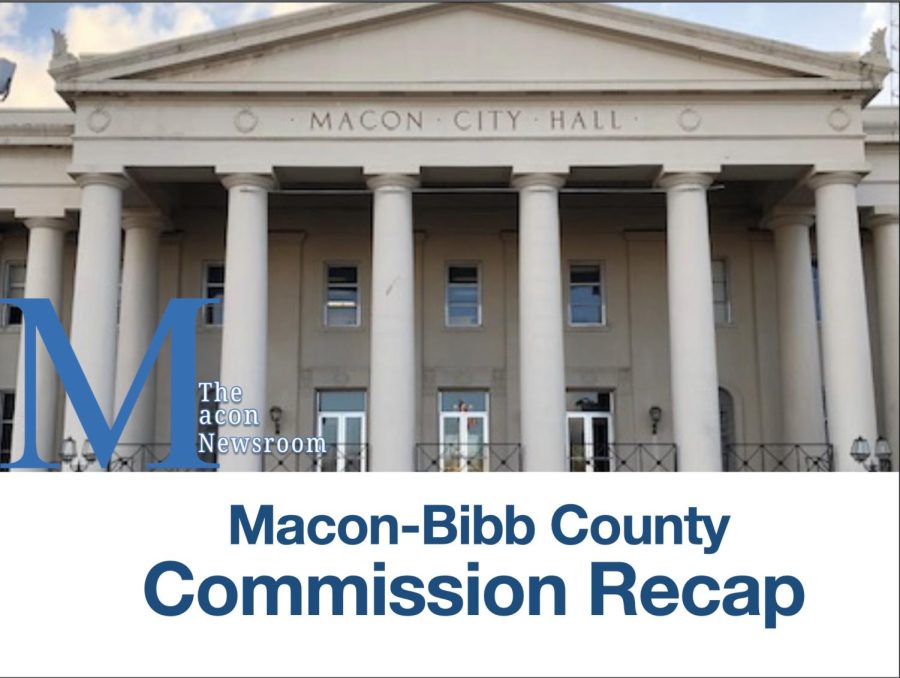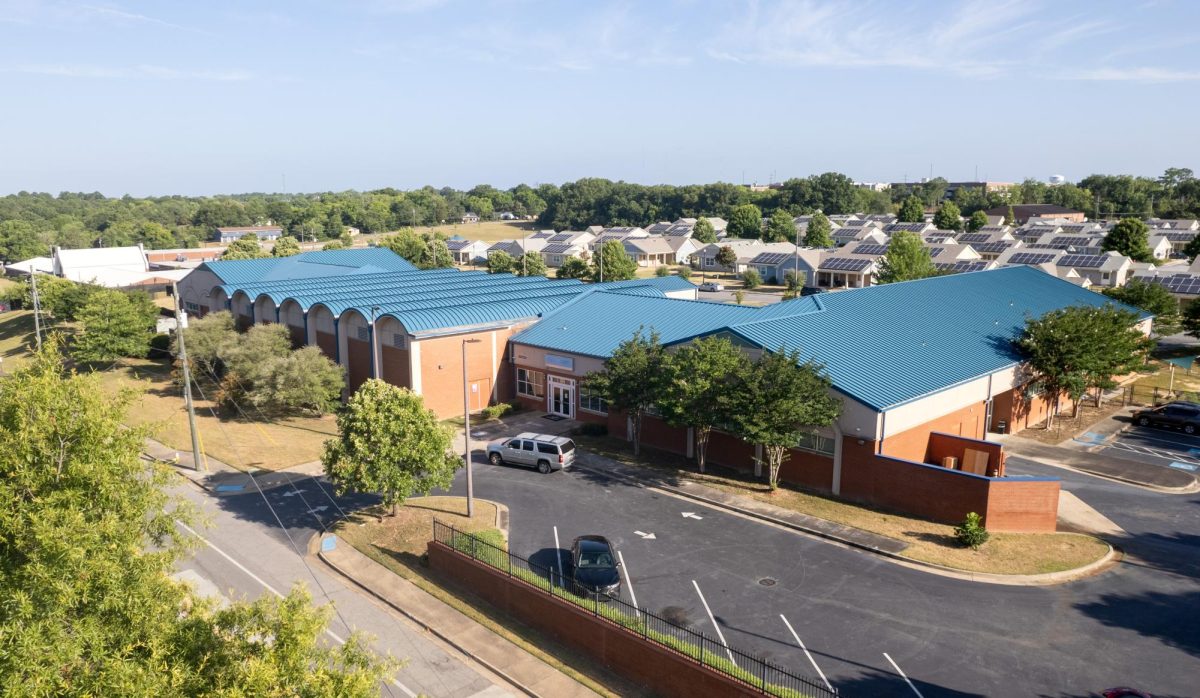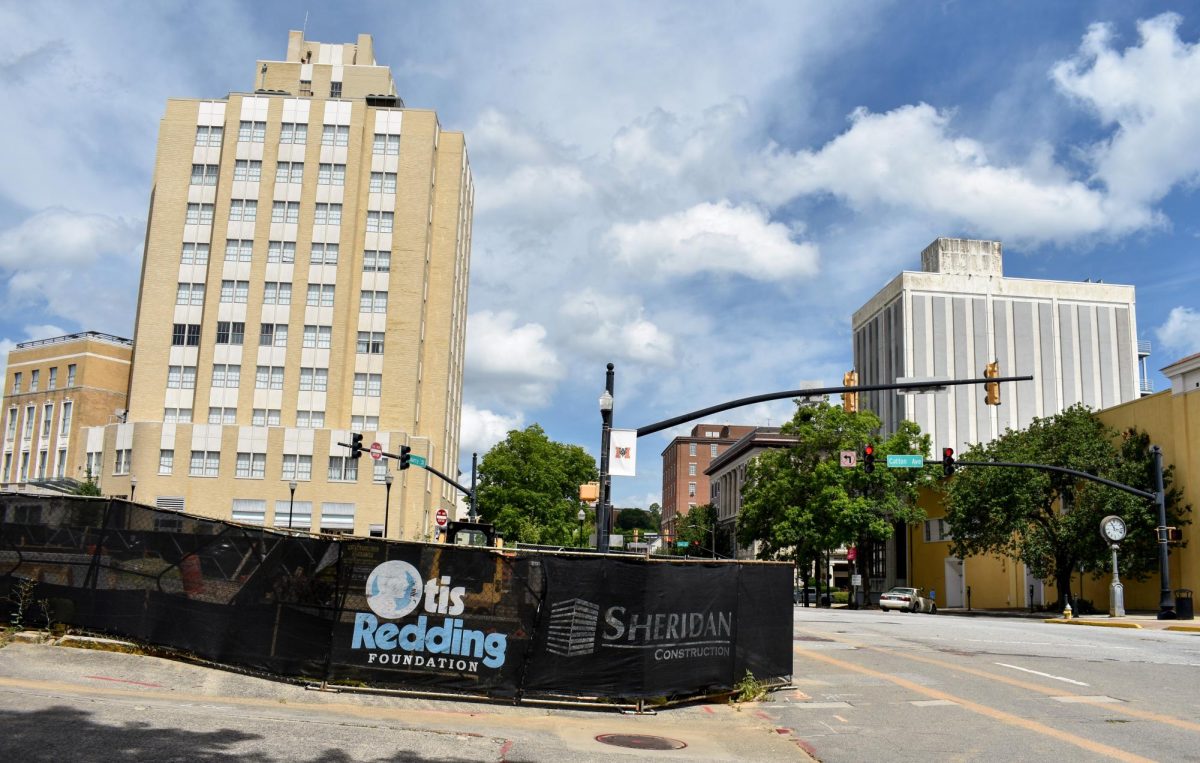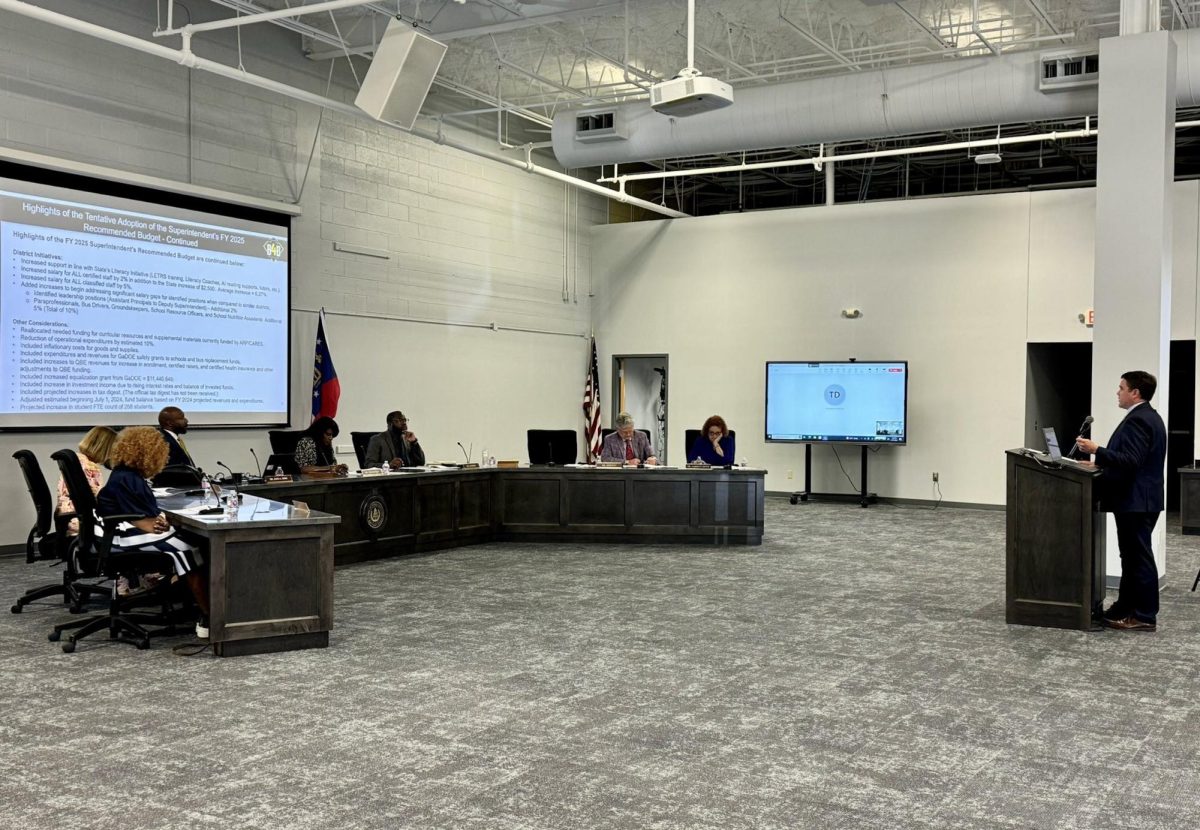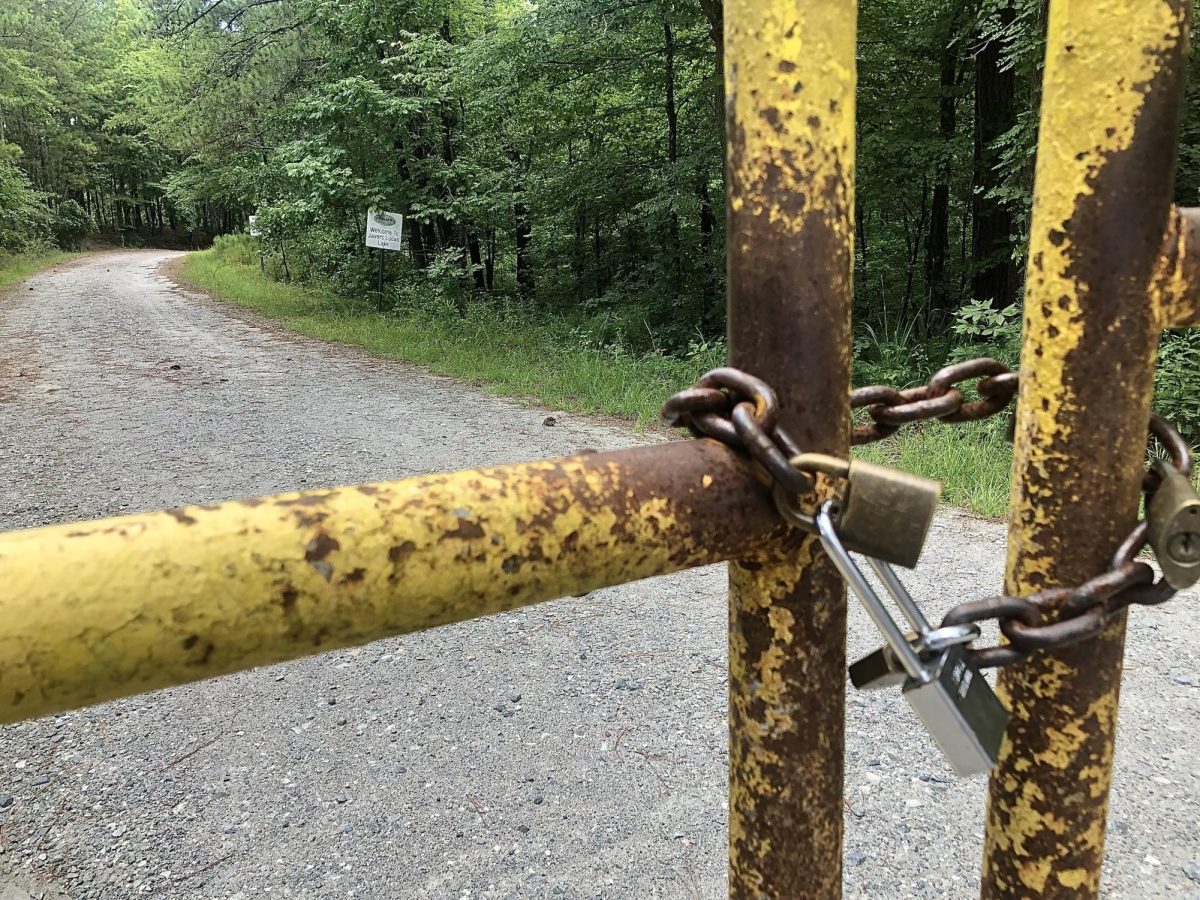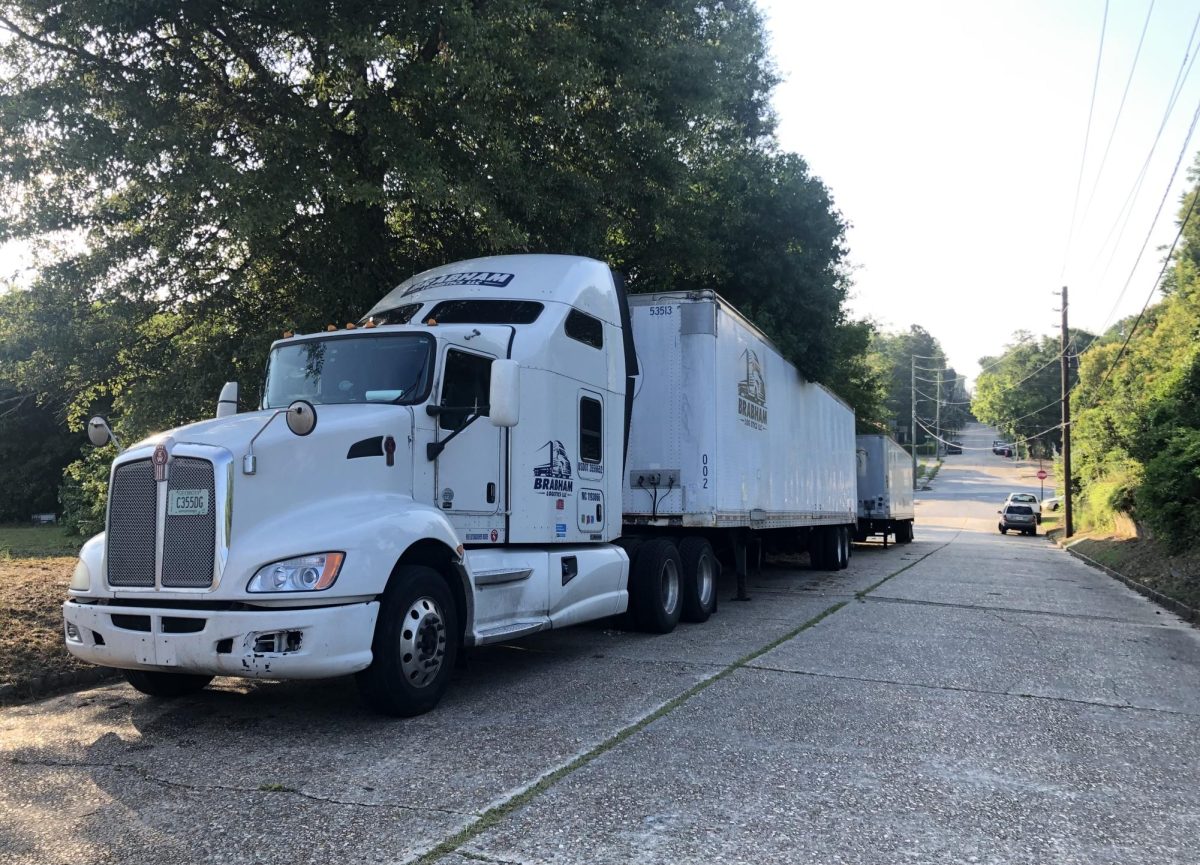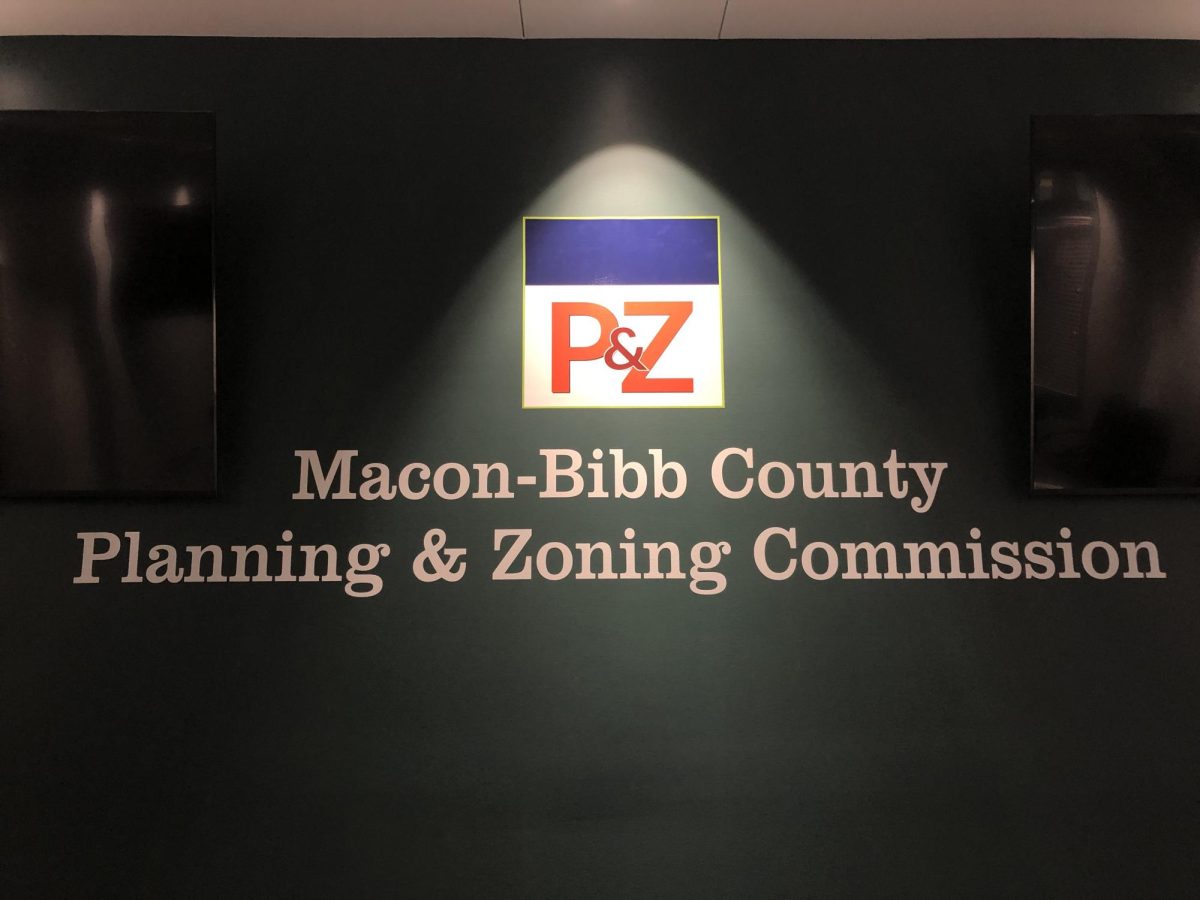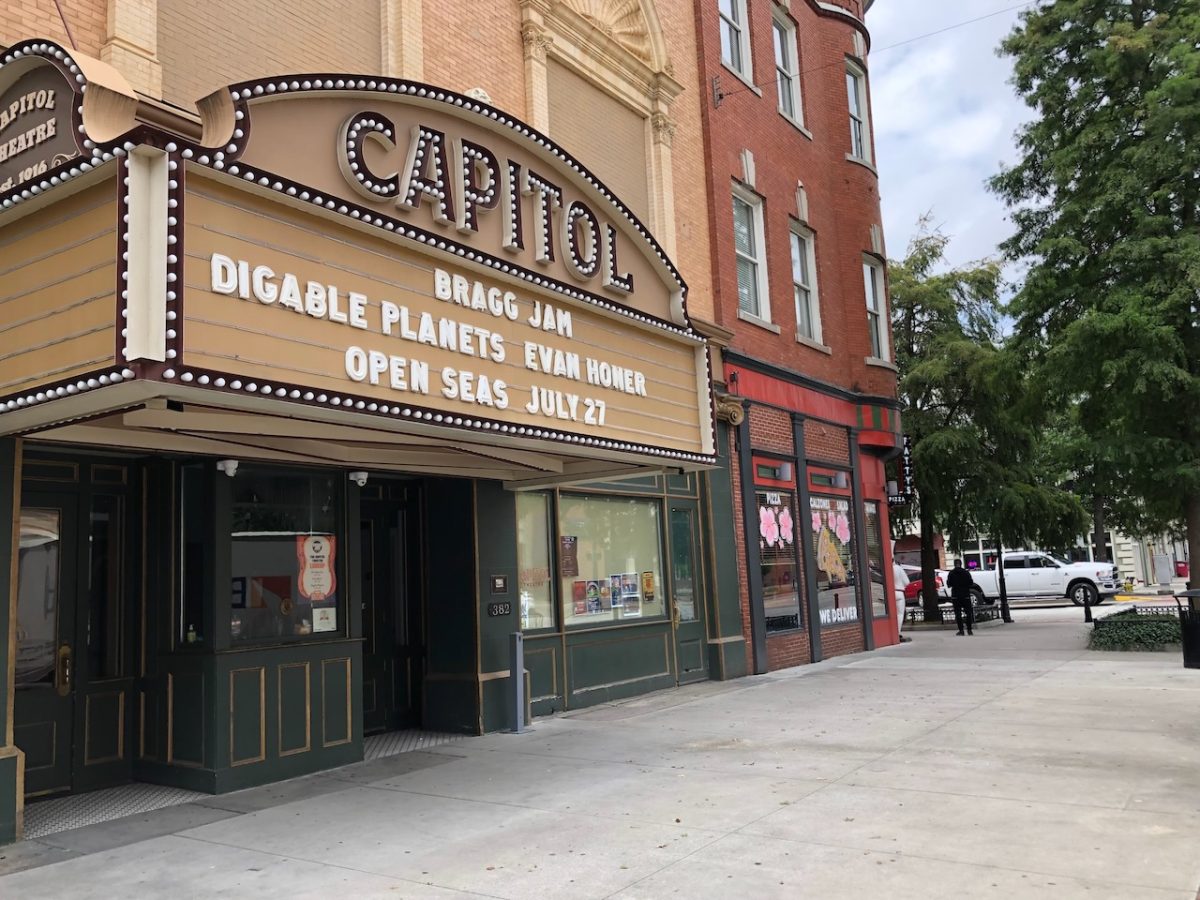The anticipated completion date for the interchange expansion project at Interstates 75 and 16 is no longer in sight as current and future phases of the work are now behind schedule, a Georgia Department of Transportation spokesperson said.
The groundbreaking for the $500 million interchange expansion was in June 2017. A GDOT spokesperson told The Telegraph in 2021 that work on the interchange was likely to be completed by 2030. More recently, GDOT spokesperson Gina Snider said, “there is no final completion date currently.”
Only two of seven project phases have been completed in the six years since work began. The remaining five phases of work are expected to be completed at dates later than previously anticipated.
“GDOT recognizes projects can be delayed by different issues out of our control,” Snider said in a recent email to The Macon Newsroom. “We are working closely with contractors to complete the projects as quickly as possible. As always GDOT appreciates the traveling public’s patience while traveling through construction zones or detours.”
Phases 2 and 3, previously slated for completion this summer, are now expected to be finished this fall, Snider said. Those phases include the Riverside Drive and Walnut Street bridges over I-75.
Phases 4 and 5, slated for completion in the first quarter of 2025, are now anticipated to be finished in Fall 2025. Those phases include ramps from I-75 northbound to I-16 eastbound and ramps from I-75 southbound to I-16 eastbound.
The final leg of work, phase 6, was anticipated to be put out for bid in 2023, GDOT told The Telegraph in 2018. However, phase 6 is currently in the pre-construction design phase.
Phase 6 will improve I-75 northbound and southbound from the I-16 interchange to Pierce Avenue. The state expects to request proposals for construction bids in 2025, according to the state website dedicated to the massive interstate construction project.
Lee Martin, a member of the Macon Metropolitan Planning Organization’s Citizens Advisory Committee, compared the massive interchange expansion project to Georgia Power’s Plant Vogtle, the Southern Company’s nuclear power plant that is opening in phases following years of delays and billions of dollars over the original budget.
“They’re going to finish it when they finish it and the taxpayers are going to pay for it,” Martin said. “Whatever it costs, taxpayers are going to end up with the bill.”
Snider said the estimated cost for the interchange work remains at $500 million for now.
“Construction costs have gone up in this economy. Supply chain issues and other economic factors have contributed to the higher costs for the different phases of this project,” Snider said. “This is no different than any other GDOT project as we navigate this ever-changing landscape. As project timelines are delayed or moved by various factors moving forward, the budget will also reflect these changes.”
Considered Complete
Two of the seven phases of work on the interchange are complete, according to GDOT.
Phases 1 and 1b include improvements made to 1.5 miles of I-16 between I-75 and Coliseum Drive and the Pleasant Hill Mitigation Plan. As a result, the Spring Street on-ramp was closed and the newly replaced David Lucas Pedestrian Bridge connecting the east and west sides of Pleasant Hill is open to the public.
Though GDOT considers the Pleasant Hill Mitigation plan to be complete, parts of it have not been finished. For example, concrete reliefs on some of the visual/noise barrier walls that were designed by the Pleasant Hill Neighborhood Improvement Group are supposed to be facing the neighborhood beside two newly created parks, according to the Pleasant Hill Mitigation Plan. In an apparent gaffe, a contractor installed the special walls in the wrong places and many face the interstate instead of the neighborhood. A GDOT spokesperson said earlier this year the state is working with the contractor to remove the barrier walls and install them in the correct places.
To contact Civic Journalism Fellow Laura Corley, call 478-301-5777 or email [email protected].



